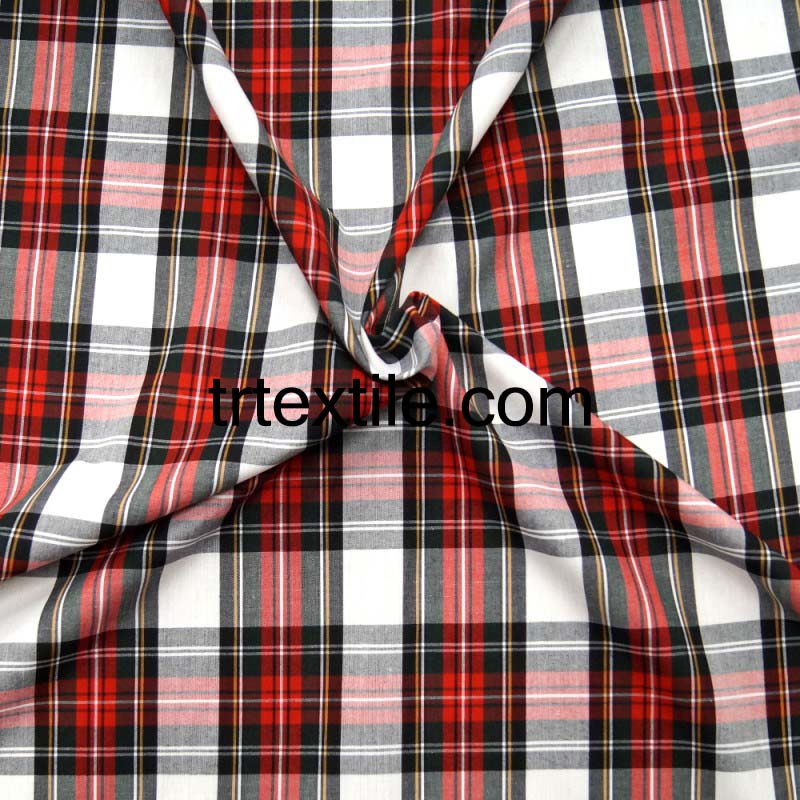School uniforms are a common sight in many educational institutions around the world. They are designed to promote a sense of unity and equality among students, as well as to create a sense of belonging and pride in the school community. One of the key components of a school uniform is the fabric from which it is made.
School uniform fabric is typically chosen for its durability, comfort, and ease of care. It must be able to withstand the rigors of daily wear and regular washing, while also being comfortable for students to wear throughout the day. Additionally, school uniform fabric must be able to maintain its color and shape over time, as well as resist wrinkles and stains.
One of the most common fabrics used for school uniforms is polyester. Polyester is a synthetic fabric that is known for its durability and wrinkle resistance. It is also easy to care for, as it can be machine washed and dried without shrinking or fading. Polyester is a popular choice for school uniform fabric because it is affordable, long-lasting, and maintains its shape and color well.
Another popular fabric for school uniforms is cotton. Cotton is a natural fiber that is known for its softness and breathability. It is comfortable to wear in all seasons and is often used in warmer climates where breathability is important. Cotton is also easy to care for, as it can be machine washed and dried without losing its shape or color. However, cotton is more prone to wrinkling than polyester, so it may require more frequent ironing to maintain a neat appearance.
In addition to polyester and cotton, school uniforms may also be made from a blend of fabrics, such as a polyester-cotton blend. This type of fabric combines the durability and wrinkle resistance of polyester with the softness and breathability of cotton, creating a fabric that is comfortable to wear and easy to care for. Polyester-cotton blends are often used for school uniforms that need to withstand frequent washing and wear, as they are more resistant to fading and shrinking than pure cotton fabrics.
When choosing a fabric for school uniforms, it is important to consider the climate and activities that students will be participating in. For example, in warmer climates, a lightweight, breathable fabric like cotton may be more comfortable for students to wear throughout the day. In colder climates, a heavier, more insulating fabric like polyester may be more appropriate to keep students warm. Additionally, fabrics with moisture-wicking properties may be beneficial for students who are active or participate in sports, as they can help to keep students dry and comfortable during physical activity.
Overall, school uniform fabric plays a crucial role in the comfort, durability, and appearance of school uniforms. By choosing a fabric that is durable, comfortable, and easy to care for, schools can ensure that their students look and feel their best while representing their school community. Whether made from polyester, cotton, or a blend of fabrics, school uniform fabric should be chosen with careful consideration to ensure that it meets the needs of students and the school community as a whole.




